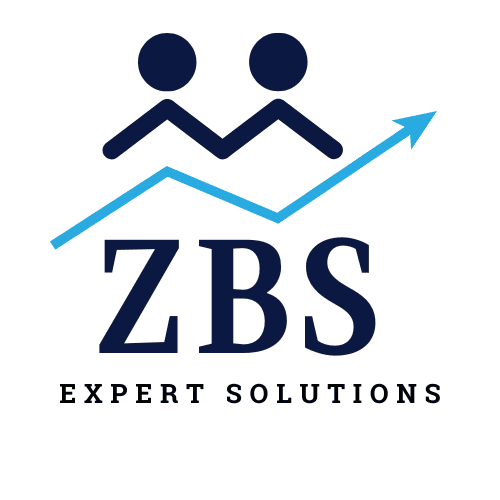
In today's digital age, customer experience (CX) has become a critical differentiator for businesses. Customers expect seamless, personalized, and efficient interactions across all touchpoints. Software-as-a-Service (SaaS) applications offer powerful solutions to enhance CX, enabling businesses to stay competitive and responsive to customer needs.
1. Understanding SaaS and Its Benefits
SaaS applications are cloud-based services that provide users with access to software via the Internet. Unlike traditional software, SaaS applications are hosted on remote servers, offering several advantages:
- Accessibility: Users can access SaaS applications from any device with an internet connection.
- Scalability: SaaS solutions can easily scale to accommodate growing business needs.
- Cost-Effectiveness: SaaS reduces the need for substantial upfront investment in hardware and software.
- Automatic Updates: Providers handle updates and maintenance, ensuring users always have access to the latest features.
2. Personalization at Scale
One of the most significant benefits of SaaS applications is their ability to deliver personalized experiences at scale. By leveraging customer data and advanced analytics, businesses can tailor interactions to meet individual preferences and needs.
Examples include:
- Targeted Marketing Campaigns: SaaS tools can analyze customer behavior and preferences to create personalized marketing campaigns that resonate with specific audience segments.
- Customized Recommendations: E-commerce platforms can use SaaS applications to offer personalized product recommendations, enhancing the shopping experience and increasing conversion rates.
3. Enhancing Customer Support
Exceptional customer support is a cornerstone of a great customer experience. SaaS applications can revolutionize customer support through:
- Chatbots and AI Assistants: These tools provide instant responses to common queries, reducing wait times and freeing up human agents for more complex issues.
- Omnichannel Support: SaaS platforms enable businesses to offer support across multiple channels (email, chat, phone, social media) from a single interface, ensuring consistent and efficient service.
- Customer Feedback Management: SaaS solutions can gather and analyze customer feedback, helping businesses identify areas for improvement and act on customer insights promptly.
4. Streamlining Operations for Better CX
Efficient operations directly impact the customer experience. SaaS applications can streamline various business processes, leading to faster and more reliable service delivery:
- Inventory Management: SaaS-based inventory management systems ensure that products are always in stock, reducing delays and enhancing customer satisfaction.
- Order Processing: Automated order processing through SaaS solutions minimizes errors and speeds up fulfillment, providing a smoother purchasing experience.
- Customer Relationship Management (CRM): SaaS CRMs help businesses maintain comprehensive customer profiles, enabling personalized interactions and effective relationship management.
- Inventory Management: SaaS-based inventory management systems ensure that products are always in stock, reducing delays and enhancing customer satisfaction.
- Order Processing: Automated order processing through SaaS solutions minimizes errors and speeds up fulfillment, providing a smoother purchasing experience.
- Customer Relationship Management (CRM): SaaS CRMs help businesses maintain comprehensive customer profiles, enabling personalized interactions and effective relationship management.
5. Real-Time Insights and Analytics
Data-driven decision-making is crucial for enhancing CX. SaaS applications provide real-time insights and analytics, allowing businesses to:
- Monitor Customer Behavior: Track customer interactions and behaviors to understand trends and preferences.
- Identify Pain Points: Use data to identify and address pain points in the customer journey, improving overall satisfaction.
- Optimize Marketing Strategies: Analyze the effectiveness of marketing campaigns and adjust strategies based on performance data.
6. Continuous Improvement and Innovation
The SaaS model fosters continuous improvement and innovation. Providers regularly update their applications with new features and enhancements, ensuring businesses can keep pace with evolving customer expectations. By leveraging the latest SaaS tools, companies can:
- Stay Ahead of Trends: Quickly adopt new technologies and trends to offer cutting-edge customer experiences.
- Enhance Agility: Respond to market changes and customer demands with greater agility and flexibility.
Conclusion
SaaS applications are transforming the way businesses interact with their customers, providing tools to deliver personalized, efficient, and seamless experiences. By harnessing the power of SaaS, businesses can enhance customer satisfaction, build stronger relationships, and drive long-term success.




